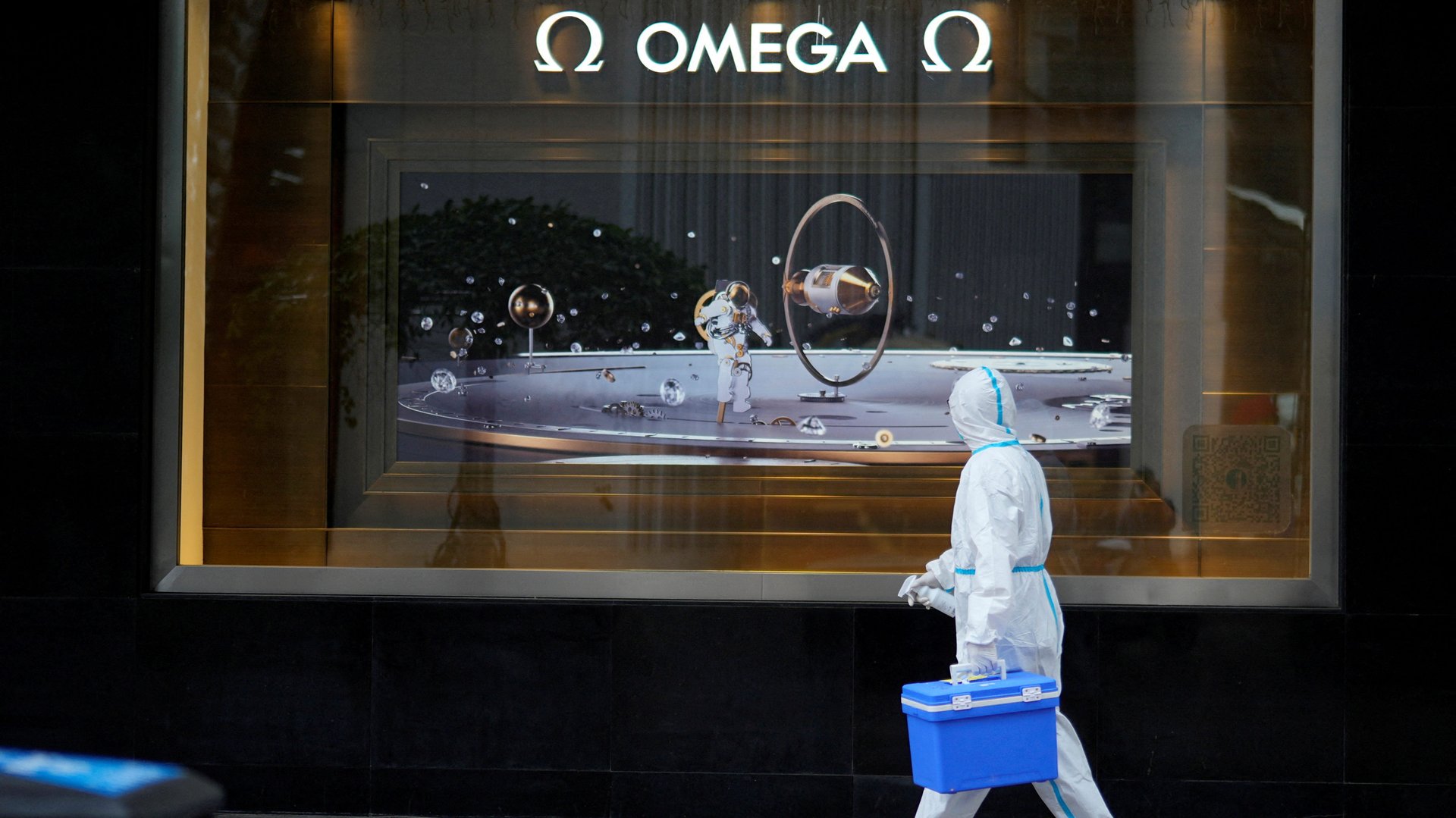China’s measures to boost consumer demand are nowhere near enough
In a bid to give its struggling economy a boost, numerous Chinese cities and provinces have in recent days taken measures to boost consumer demand with consumption vouchers, spending subsidies, and limited cash handouts.


In a bid to give its struggling economy a boost, numerous Chinese cities and provinces have in recent days taken measures to boost consumer demand with consumption vouchers, spending subsidies, and limited cash handouts.
That’s a welcome start. Beijing has long been reluctant to use demand-side policies despite prominent economists urging the state to literally hand out money to citizens. Instead, policymakers prefer supply-side measures like tax cuts, interest rate cuts, and infrastructure investment.
But the latest moves to boost consumer demand, including handing out consumption vouchers and distributing free digital yuan, are mere drops in China’s vast economic bucket.
Consumption vouchers won’t quite cut it
Take Shenzhen, for example.
The southeastern tech hub has rolled out about 500 million yuan’s worth of consumption vouchers—coupons that citizens can put towards specific types of purchase. The city is also handing out 30 million yuan ($4.5 million) worth of digital currency in a lottery that the local commerce bureau says will “promote the orderly recovery of consumption.” But together, these two big-ticket measures still only total 530 million yuan. That’s 0.02% of the city’s GDP of 2.7 trillion yuan.
The math works out similarly elsewhere. The city of Zhenjiang, about a three-hour drive from Shanghai, is doling out 60 million yuan of coupons. That’s about 0.01% of the city’s GDP. Let’s assume that the Zhenjiang commerce bureau is right in its estimate that the coupons will spur 120 million yuan of consumption. That’s still 0.02% of its GDP. In other words, nowhere near enough.
What if instead of consumption vouchers, China handed out 1,000 yuan to each of its 1.4 billion citizens, as the chief economist at brokerage Zhongtai Securities has suggested? That would amount to 1.4 trillion yuan, around 1.2% of China’s official GDP. While still a small percentage, it’s far higher than the local GDP shares of the yuan-value of Shenzhen and Zhenjiang’s consumption voucher programs.
Or perhaps China might consider handing out 10,000 yuan to the lowest-earning 10% of Shanghai households. That’s a proposal (link in Chinese) from Tsinghua University economist Li Daokui. By his rough estimate, Shanghai has six million households, so one-tenth of that would be 600,000 households. A 10,000 yuan handout to each of those households would amount to about 0.16% of Shanghai’s GDP. Not a whole lot but probably still higher than a consumption voucher program.
A longer term challenge: rebalancing the economy
It may well be that China forgoes cash handouts as a stimulus measure altogether. As the chief China strategist for asset management firm Clocktower Group noted on Twitter this week, Chinese policymakers view handing out “free money” as immoral, akin to to “reaping without sowing.”
But ideological resistance aside, large-scale stimulus checks may be just what the Chinese economy needs to recover from the zero-covid induced slowdown.
And that’s just the short run. In the long run, China will need to rebalance its economy from one driven primarily by infrastructure and real estate investment to one in which households get a bigger share of national GDP. That’s a challenge that no amount of consumption vouchers will resolve.